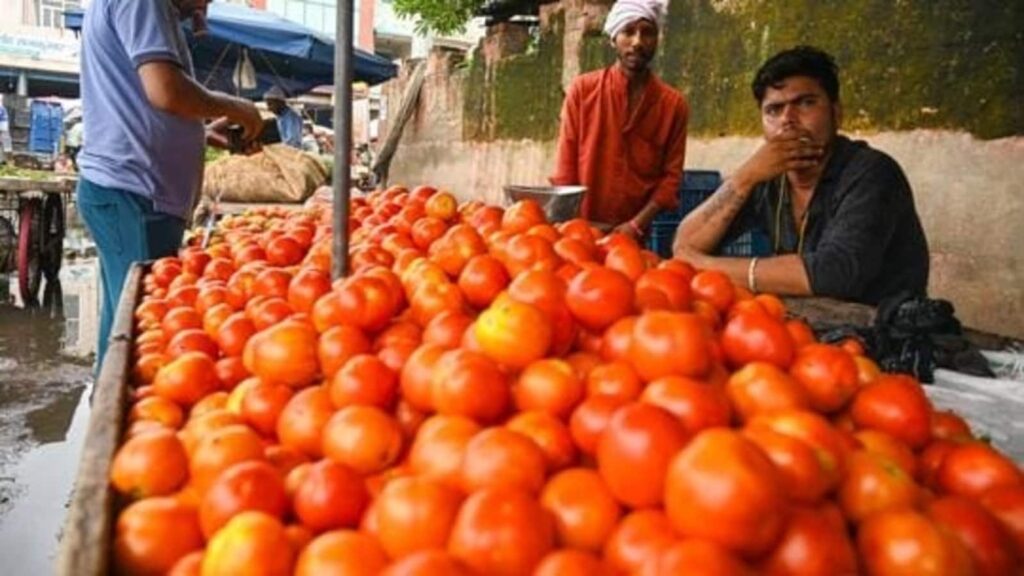Most analysts expect India’s benchmark inflation measure, as measured by the Consumer Price Index (CPI) to breach the 6% threshold in July. A Reuters poll of economists has put this number at 6.4%. What is remarkable, however, is the fact that this spike in inflation – the June print was just 4.8%— is a result of a sharp jump in food prices. In July, tomatoes have played a big role, continuing to sell at very high prices, with signs that onions could generate additional tailwinds for food inflation. An HT report on August 9 said that onion arrivals and stocks are already under pressure due to abnormal rains in areas which are critical for production. While price pressures from perishables such as onions and tomatoes will eventually die down as the new crop comes, food inflation is likely to stay elevated because of pressure from cereals such as rice, wheat and pulses.
What does this mean for the economy at large? Two factors need to be considered. A food price driven spike in overall inflation is likely to delay rate cuts by the central bank even if one were to expect that there will be no further hikes. This is bound to squeeze overall demand and growth rates. The second key concern is the disproportionate impact of high food inflation on poor households who spend a much larger part of their incomes on food. If food prices continue to rise, they are likely to see a sharp erosion in purchasing power and even food security. It is clear that monetary policy can do precious little to solve this problem. There the government must do all it can to control the situation. To be sure, most such actions will entail a squeeze on farm incomes and there are no perfect solutions here.

